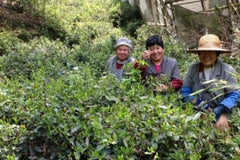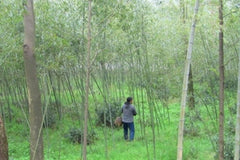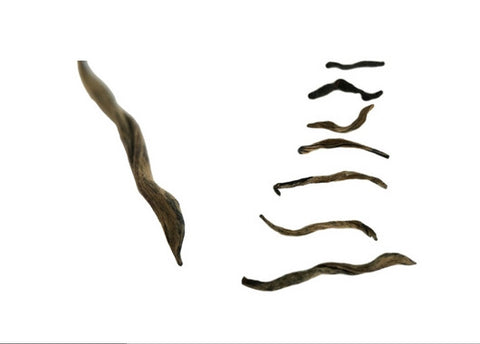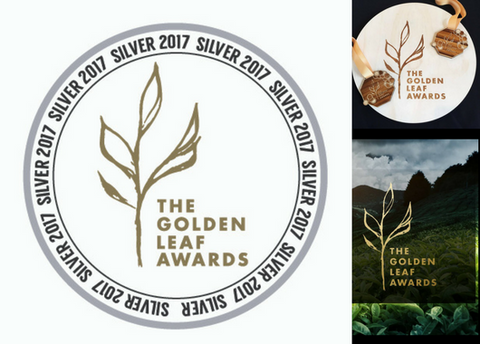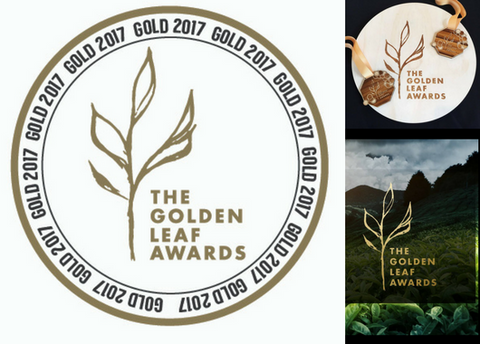Mrs Pei's Purple Sun - green tea
$3.95

| Style | Green Tea | |
| Origin | Hu Zhou, Zhejiang, China | |
| Season | Early April Harvest | |
| Altitude | 600m | |
| Batch | SCPB1 | |
| Plant | Wild Purple Bamboo Local Bush | |
| Tea Master | Master Pei Hong Feng |
This tea has exceptional pedigree, served as a tribute tea for the Emperor during the Tang dynasty. Impeccably made by our 76-year-old female tea master, you can expect light macadamia notes and a lingering sweetness. It's refreshing with a perfect level of astringency, and no biterness. No chemical fertiliser, pesticide, or herbicide was used in the production of this tea.

The Stories We Drink
|
This is a wild grown and wild crafted tea. 76-year-old Mrs Pei and her elderly mother pluck and process this tea from the garden behind their modest house in the Hu Zhou Mountain valley. It’s a rustic, honest tea that Mrs Pei only makes to order on special request each year. Zehijiang is an eastern coastal province with a humid, subtropical climate. It’s one of the most famous tea producing regions in country dating back 1500 years ago. The wild tea bushes have been grown from seed and are basically left to fend for themselves. They aren’t groomed and they sit within a bamboo forest canopy which is what really differentiates the terroir. This environment is not typical of most tea gardens and it places significant stress on the plants resulting in interesting and unusual flavour. This is a precious tea because as the current generation ages it’s unlikely the traditional methods will continue. All around Mrs Pei’s garden, processing and plucking is becoming more expensive and there are less and less people in the village who can help her. Many are too elderly to physically cope with the demanding work, while the younger generations are moving to big cities rather than staying on the land. Mrs Pei has a close bunch of female neighbours who help her pluck the leaves for this tea when she receives our order. The tea tress grow so wildly that it’s a challenging task – even for those with spritely energy. It’s delightful to see a band of octogenarians laughing and chatting as their still nimble fingers forage for leaves. When Mrs Pei packs our tea she writes the harvest and processing date on a playing card and pops it in with the tea leaves. There are so many stories in the fabric of this tea. As they grow, the leaves have a slight purple blush which is where this tea gets its name. While this tea is not internationally well-known, it was once an incredibly famous tea during the Tang Dynasty when it was the Emperor’s favourite tea. The tea was given ‘Tribute’ status and it was designated for the Emperor with 30,000 people employed in the area to make the tea during early spring. To this day, it remains a firm favourite among tea connoisseurs. We’re pleased to be able to give you access to it. |
|
Craftsmanship







